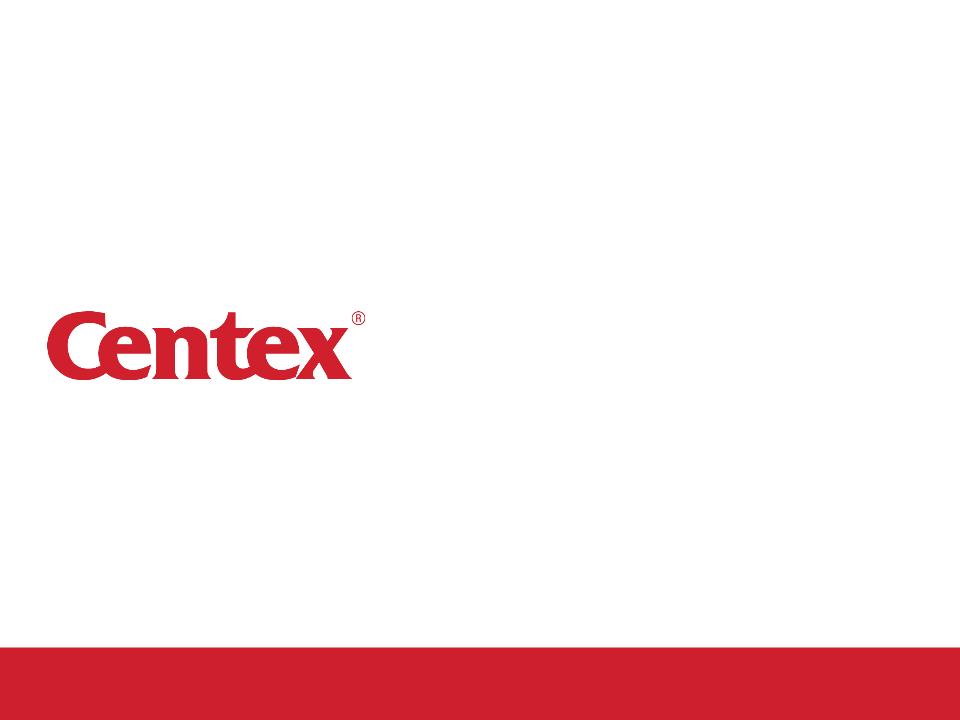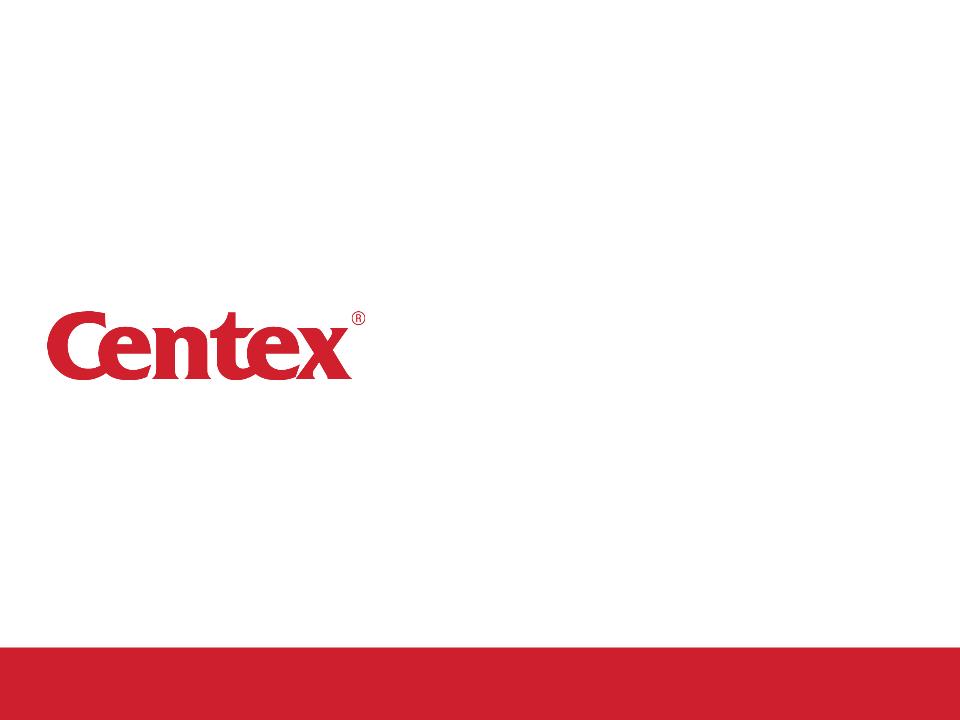2
Forward-looking Statements
This presentation includes “forward-looking statements” within the meaning of Section 27A of the Securities Act of 1933, as
amended, and Section 21E of the Securities Exchange Act of 1934, as amended. Such statements may include, but are
not limited to, statements about the benefits of the proposed transaction, including future financial and operating results,
and the combined company’s plans, objectives, expectations and intentions. These statements are subject to a number of
risks, uncertainties and other factors that could cause our actual results, performance, prospects or opportunities, as well
as those of the markets we serve or intend to serve, to differ materially from those expressed in, or implied by, these
statements. You can identify these statements by the fact that they do not relate to matters of a strictly factual or historical
nature and generally discuss or relate to forecasts, estimates or other expectations regarding future events. Generally, the
words “believe,” “expect,” “intend,” “estimate,” “anticipate,” “project,” “may,” “can,” “could,” “might,” “will” and similar
expressions identify forward-looking statements, including statements related to expected operating and performing results,
planned transactions, planned objectives of management, future developments or conditions in the industries in which we
participate and other trends, developments and uncertainties that may affect our business in the future.
Such risks, uncertainties and other factors include, among other things: the ability to obtain regulatory approvals of the
merger on the proposed terms and schedule contemplated by the parties; the failure of Centex’s stockholders to approve
the merger agreement; the failure of Pulte’s shareholders to approve either the charter amendment or the issuance of
shares in the merger; the possibility that the proposed transaction does not close, including due to the failure to satisfy the
closing conditions; the possibility that the expected efficiencies and cost savings of the proposed transaction will not be
realized, or will not be realized within the expected time period; the risk that the Pulte and Centex businesses will not be
integrated successfully; disruption from the proposed transaction making it more difficult to maintain business and
operational relationships; interest rate changes and the availability of mortgage financing; continued volatility in, and
potential further deterioration of, the debt and equity markets; competition within the industries in which Pulte and Centex
operate; the availability and cost of land and raw materials used by Pulte and Centex in their homebuilding operations; the
availability and cost of insurance covering risks associated with Pulte’s and Centex’s businesses; shortages and the cost of
labor; adverse weather conditions which may slowdown the construction of, or damage, new homes built by Pulte or
Centex; slow growth initiatives and/or local building moratoria; the ability to utilize net operating losses, built-in losses and
other tax credit carryforwards; governmental regulation, including the effects from the Emergency Economic Stabilization
Act, the American Recovery and Reinvestment Act and the interpretation of tax, labor and environmental laws; changes in
consumer confidence and preferences; terrorist acts and other acts of war; and other factors of national, regional and
global scale, including those of a political, economic, business and competitive nature. See Pulte’s and Centex’s Annual
Reports on Form 10-K and Annual Reports to Stockholders for the fiscal years ended December 31, 2008 and March 31,
2008, respectively, and other public filings with the Securities and Exchange Commission (the “SEC”) for a further
discussion of these and other risks and uncertainties applicable to our businesses. Neither Pulte nor Centex undertakes
any duty to update any forward-looking statement whether as a result of new information, future events or changes in our
respective expectations.











